When is the best time to plant grass seed in Colorado? Did you relocate to Colorado, or are you new to the planting season there? You may be wondering about the best time to plant grass seed. Before you begin preparing for your lawn, please read this post, as it will give answers to your questions.
In Colorado, faster seed germination and deeper root development are encouraged by warmer soil temperatures and regular rainfall, which will aid in establishing grass plants before winter. Summer weeds like crabgrass will also lessen their competition.
They can, however, grow more effectively when planted in the late summer, between mid-August and mid-September. The best time to plant grass in Colorado for warm-season varieties is from April 1 to July 31.
Best Time to Plant Grass Seed in Colorado
Mountains, high plains, deserts, and canyons form part of Colorado’s varied topography. Consequently, this complicates Colorado’s climate; therefore, knowing which hardiness zone you are in is essential when preparing to plant grass in Colorado, with hardiness zones that can reach 7A.
- Western Slope: Mid-August to mid-September, before the first fall frost, is the perfect time to plant grass seeds in the Western Slope areas like Grand Junction and Montrose.
- In Northern Colorado: From March 1 through September 30, you can plant grass seeds anywhere in Boulder, Brighton, and Fort Collins.
- In the Front Range Region: In Colorado and Denver spring, planting grass seed can be done between mid-August and mid-September, as both are in zone 5b.
Best Type of Grass for Colorado Lawn
The best grass seeds to plant in Colorado are Kentucky bluegrass, tall fescue, perennial ryegrass, buffalo grass, blue grama, and black beauty original grass seed.
1. Kentucky Bluegrass
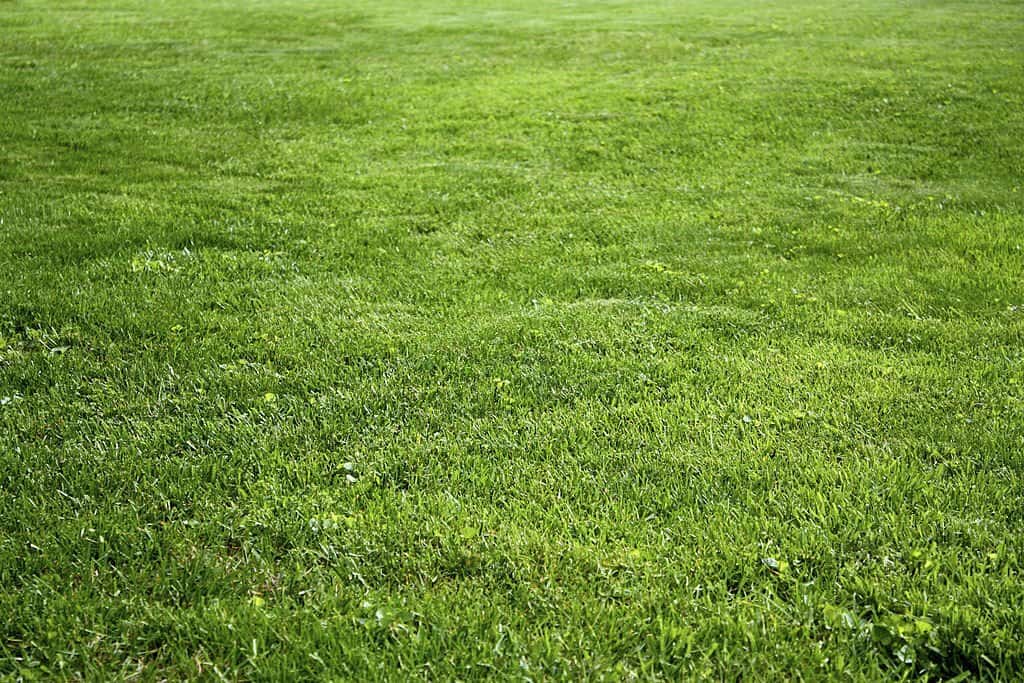
Kentucky bluegrass remains the best grass seed for lawns in Colorado due to its strong endurance for freezing temperatures and capacity for rapid reproduction. This variety of grass is widely recognized among lawns in Colorado.
2. Blue Grama
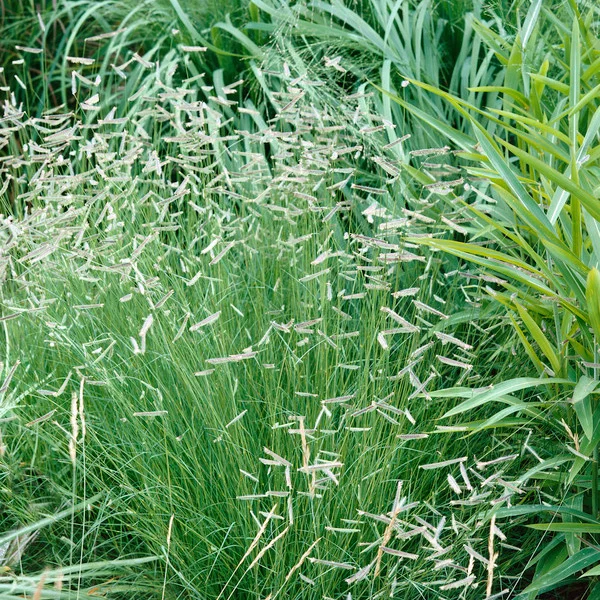
Another hardy yet stunning native warm-season grass is the blue grama (Bouteloua gracilis). The Spanish botanist brothers Esteban and Claudius Bouteloua gave the genus Bouteloua its name. The species name, Gracias, is a Latin word that means “graceful,” and this grass is most definitely graceful.
Its other common name, Eyelash Grass, refers to its curved mature seed heads, which grow naturally in practically all counties and are the state grass of Colorado. It is drought-tolerant, with a strong defense against soil erosion provided by a fibrous, deep root structure.
3. Black Beauty
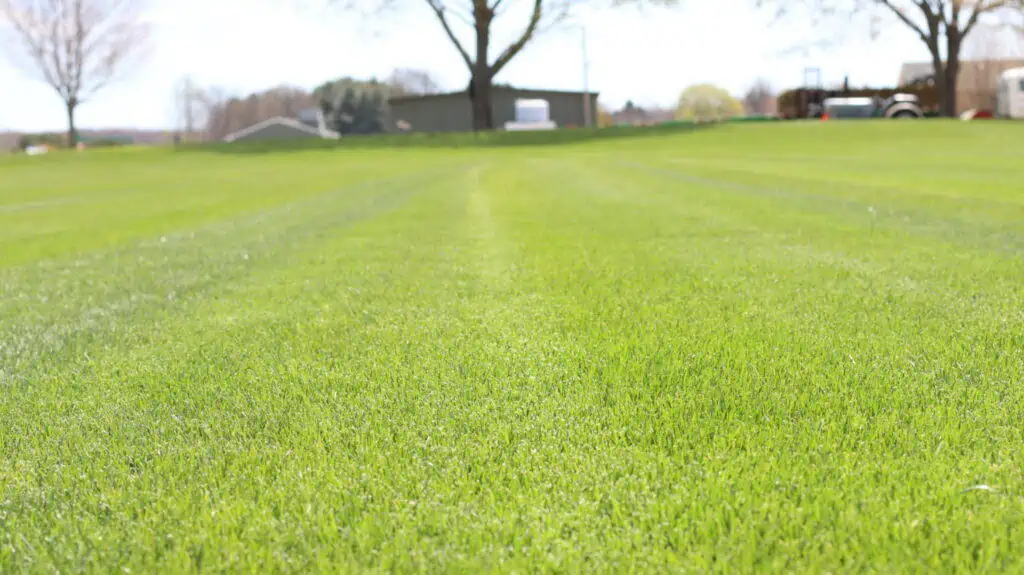
Sod growers around the US use the Black Beauty Original Grass Seed Blend because of its waxy leaf coating that helps retain moisture and protects against environmental stress. Also, it produces a naturally darker-green turf with excellent disease resistance and drought tolerance. The roots of this plant can grow up to four feet deep.
Further, this seed mixture thrives in unfavorable growth conditions and grows well in sandy or clay soils, full sun, or moderate shade. In 10 to 14 days, it begins to sprout.
4. Fescue
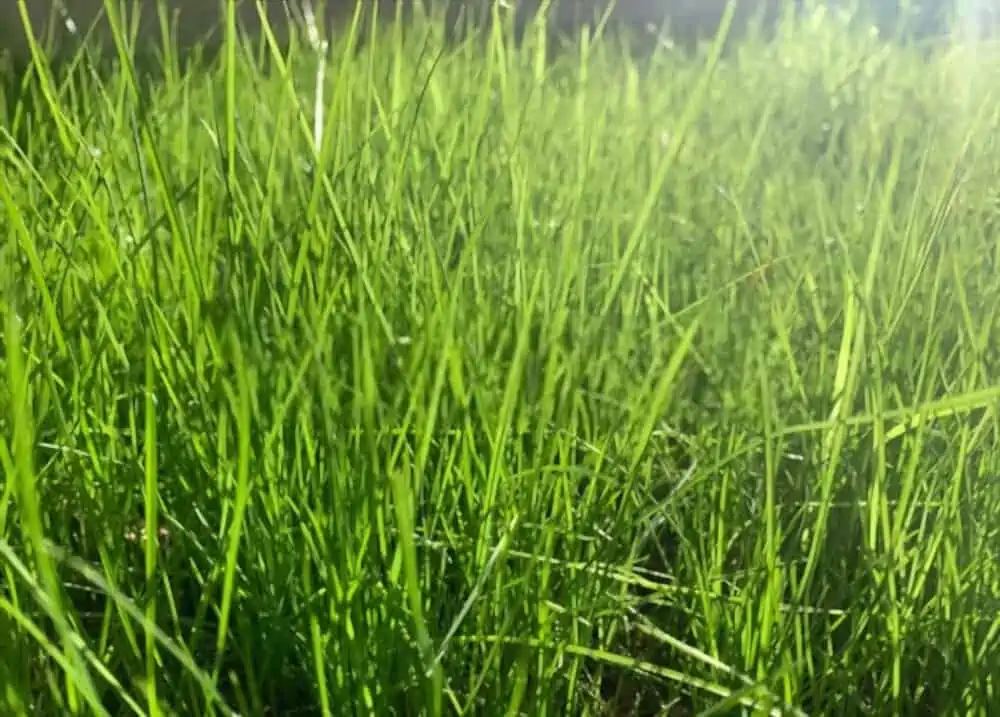
Fescue is an excellent option for cool-season grasses because it tolerates shade and has a velvety feel that many Colorado residents like. It also grows well in environments that require little upkeep and little mowing.
5. Perennial ryegrass
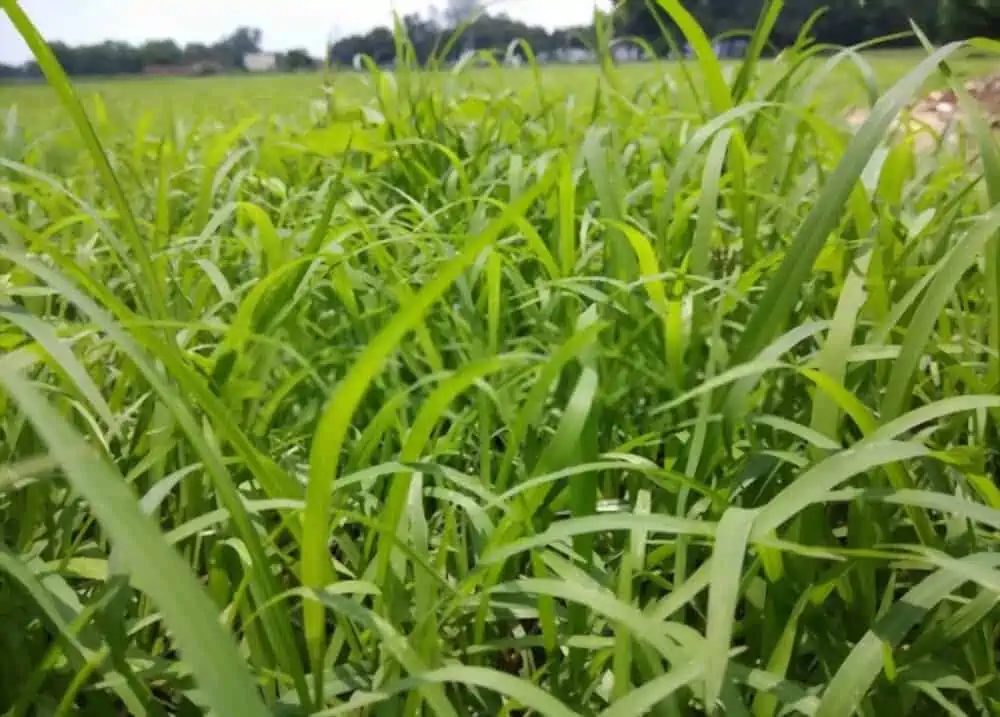
Due to its tough blades, perennial ryegrass is best for yards with a lot of foot traffic because of its durability. It is frequently utilized in public spaces like parks and golf courses, thanks to its resistance to normal wear and tear. It always maintains a rich appearance.
Unlike annual ryegrass, a temporary lawn, perennial ryegrass germinates more quickly than any other grass. It is the only grass frequently used in grass seed mixtures and works well with others, such as Kentucky bluegrass.
6. Buffalo Grass

This grass is a warm-season grass that can grow at elevations of 6,500 feet or less. This lovely grass is an excellent heat- and drought-resistant option for residences in Denver’s lower elevations. This grass is renowned for its long and curly blades, which drape to form a rich green carpet.
Avoid heavy foot activity, especially during its dormant phases, to keep it appearing healthy. This grass prefers loamy, alkaline soils with good drainage.
Tips For Seeding Grass
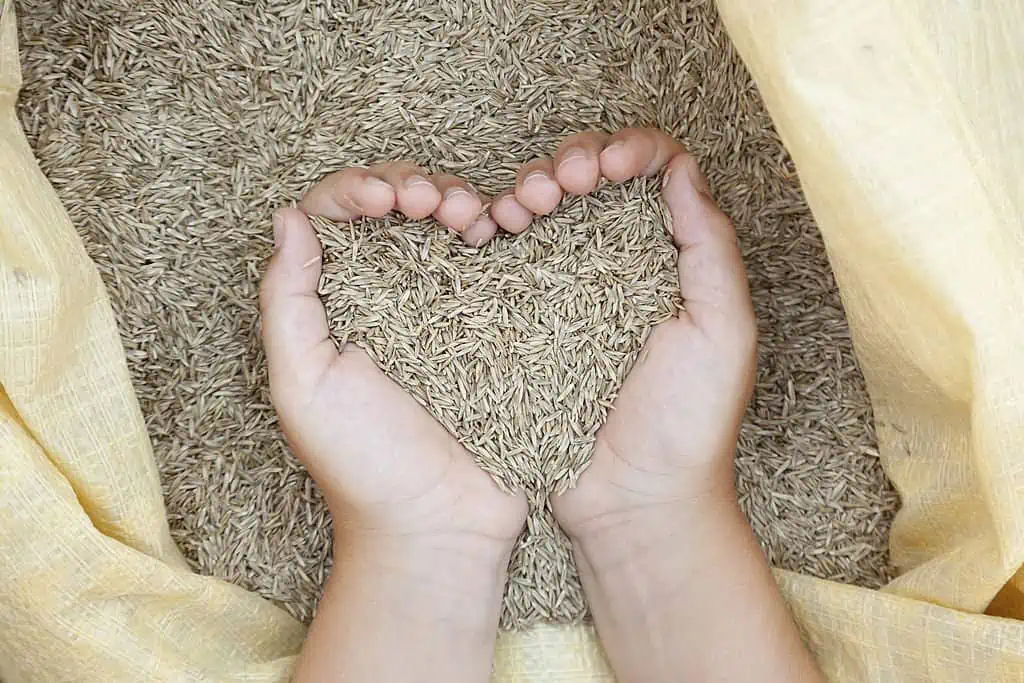
1. Set Up Your Site
To determine how much of your soil has to be amended, conduct a quick soil test, as Colorado soils with no alterations may have a pH as high as 8.5. Till the grass area to loosen the top 12 inches of soil, remove large boulders and other debris, and change the grade to direct water away from your house and other structures.
Following the manufacturer’s instructions, add fertilizer as necessary based on your soil test results.
2. Choose between cold-season grass and warm-season grass
As their name suggests, warm-season grasses grow from June to September and are more suited to warmer regions and drought resistance. Cooler months like fall and spring are ideal for growing cool-season varieties.
Both warm- and cool-season grasses are capable of thriving in Colorado. However, grass seeds should originate from the cool-season variety for people who live in high-altitude areas. They should ideally be planted in the spring when the soil is warming up.
3. Prepare the Soil
One of the leading causes of poor seedlings is planting seeds in unprepared soil. Use a non-selective herbicide to eradicate weeds on your lawn before planting, and clean up any debris. Ensure good seed-to-soil contact by working the seed into the soil.
4. Maintain Newly Seeded Lawn
A freshly seeded lawn needs different maintenance than the one already established. When maintaining a new lawn, keep the following in mind:
- For a lawn to grow strong and healthy, it’s essential to water newly planted grass seed, especially on warm and windy days. Properly water the soil after
- Follow the directions on the label before applying starter fertilizer.
- Avoid foot traffic as much as possible since seedlings are vulnerable to injury. You can start cutting your new lawn when the grass reaches 5 to 3 inches.
5. Grow Your Lawn
It seems more practical for some homeowners to over-seed their lawns in Colorado. If your grass is thinning out, you can completely overhaul your lawn. In this technique, grass seeds are sown directly on the lawn to strengthen and restore the bald spots.
Grass seeds used for overseeding should resemble the existing grass species in terms of appearance. For example:
- Bluegrass can be seeded into existing ryegrass.
- Bluegrass, ryegrass, or tall fescue should not be blended with buffalo grass.
- You can sow fine fescue into bluegrass that already exists.
Conclusion
Colorado’s heavy alkaline clay soil must be supplemented with organic matter to produce a seed bed where the grass may sprout and build a healthy root system.
While maintaining a good lawn requires time and effort, the results are undoubtedly rewarding. It only requires appropriate lawn care and timely seed planting, although it can be intimidating for beginners. Therefore, knowing the best times to sow grass seed in Colorado will help you attain the lush, green lawn you desire.
Now that you know the appropriate time to sow new grass seed in Colorado, you can start making adequate plans to plant your grass seed.






